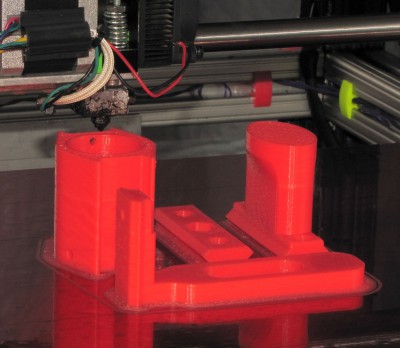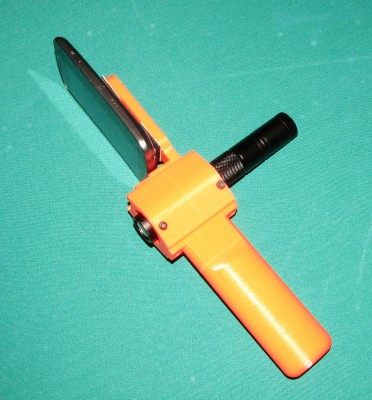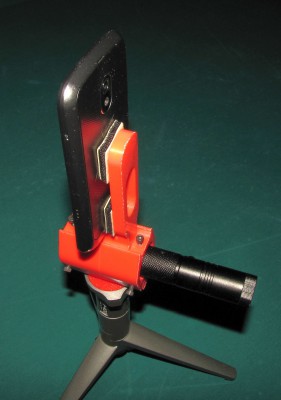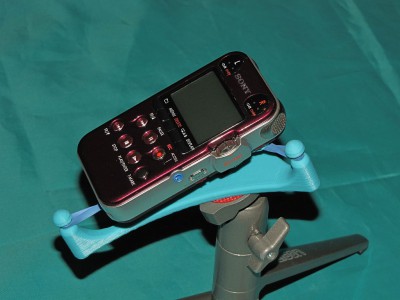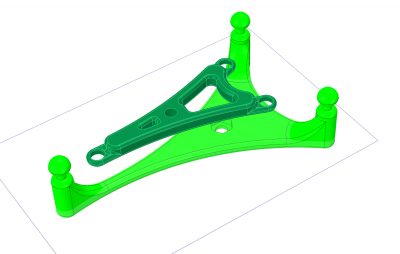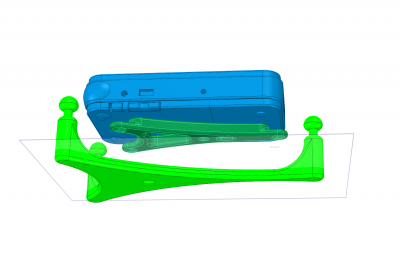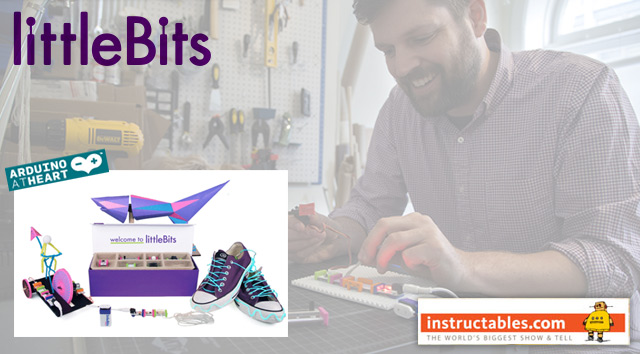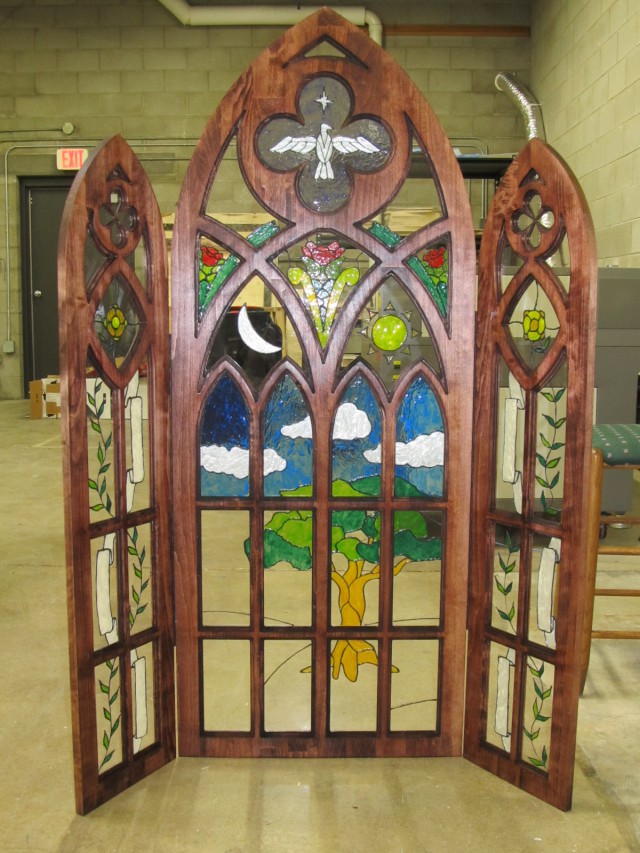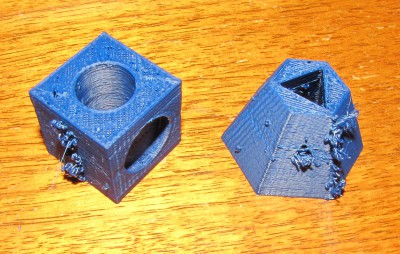My recent acquisition of a Meade ETX-90 telescope with computer go-to system for locating objects in the sky got me thinking that it would be nice to have a system to locate objects in the sky when you’re looking through binoculars or a telescope that doesn’t have a computer and motors to drive it. To that end I came up with the idea of mounting a green laser pointer, commonly used by astronomy nutz to point out objects in the sky to noobs, on a cell phone or tablet running a program such as Google SkyMap or Skeye.
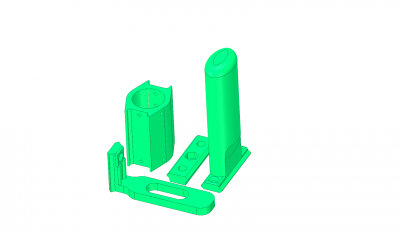
CAD rendering of the parts
After much thought and a few prototypes I came up with a system that allows a laser to mount on a phone and that assembly to mount on a tripod, a handle, or a telescope. The tube that holds the laser has adjustment screws to allow the laser to be aligned with the SkyMap on the phone. It also has to slots that fit over standard gun sight rails. On one side I have a phone/tablet bracket that has a gunsight rail and slides into the laser tube, and the other side can be used for a rail that mounts on a tripod or a handle. Extra rails can be mounted on telescope tubes. I haven’t yet designed a binocular mount, but will soon.
I printed the parts on MegaMax with Octave fluorescent red filament (that’s why the colors vary in the photos- the flash apparently excites the fluorescence in the picture with the handle). All the parts fit VERY tightly together but I included screw holes for extra security. The phone/tablet mounts on the bracket using velcro tape. I think it may be better to print or buy a cheap case to fit the phone than screw it to the phone/tablet bracket. I’ll be posting the design files to Thingiverse shortly.
